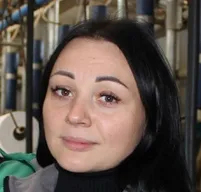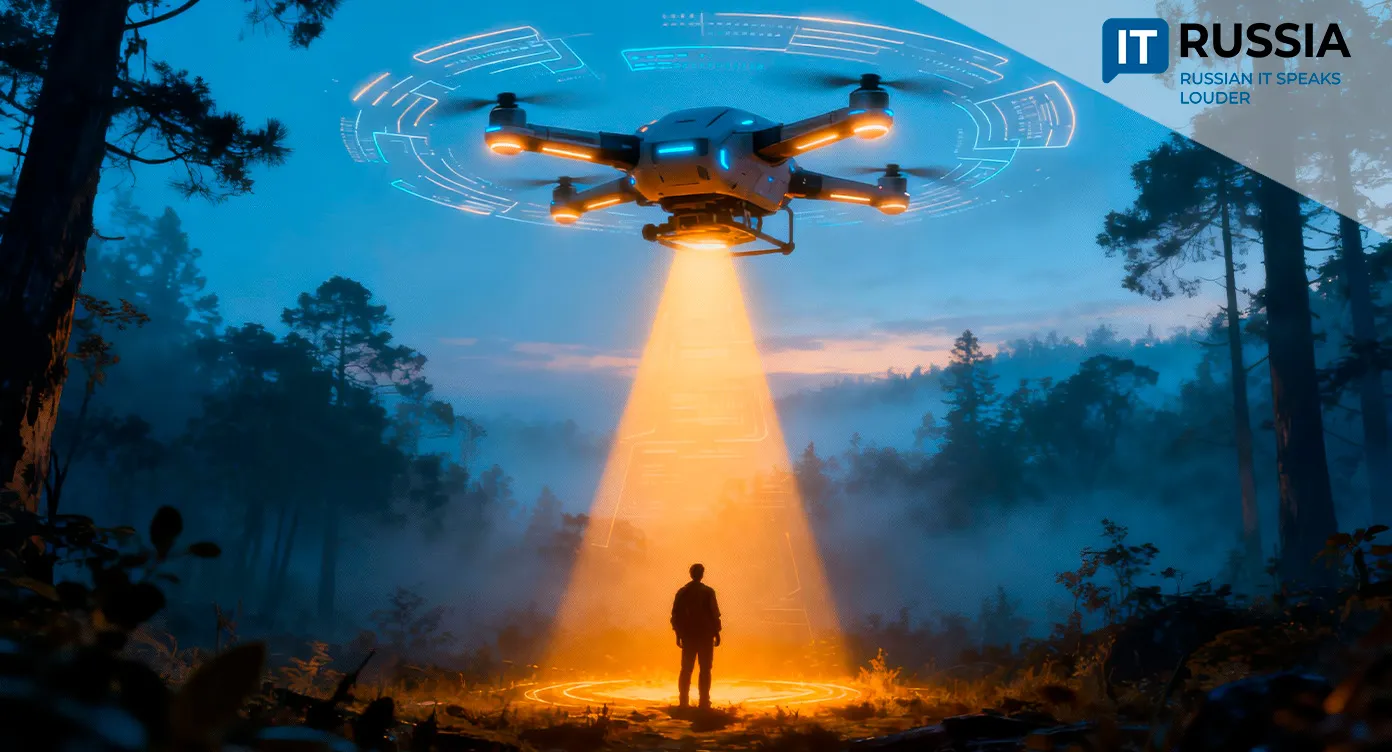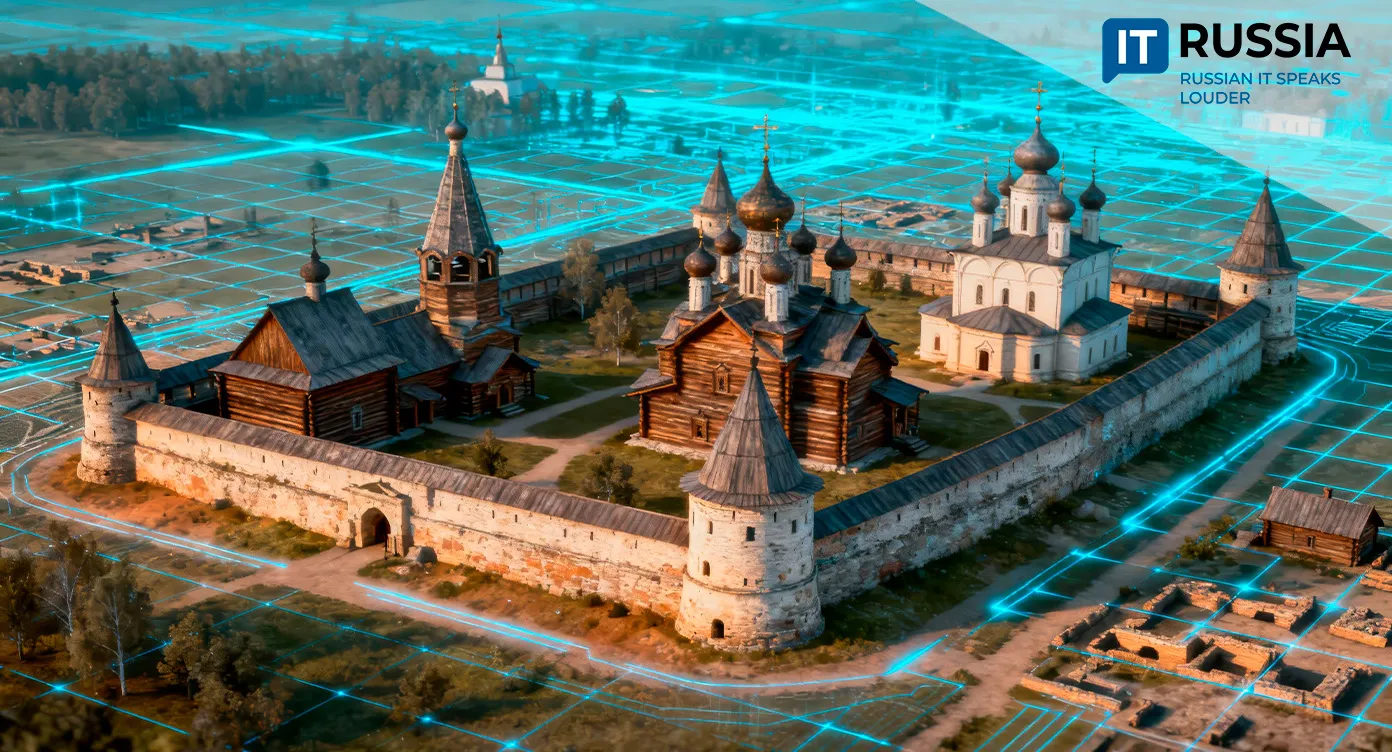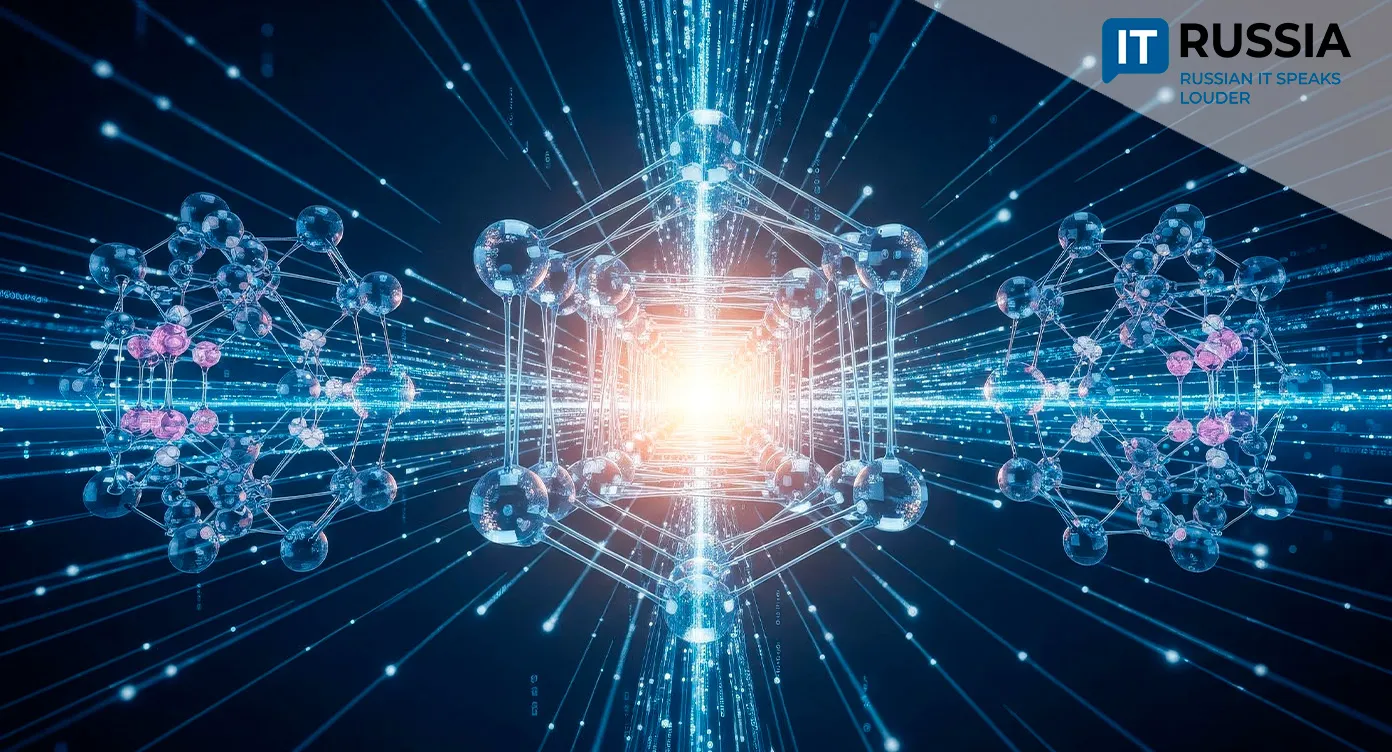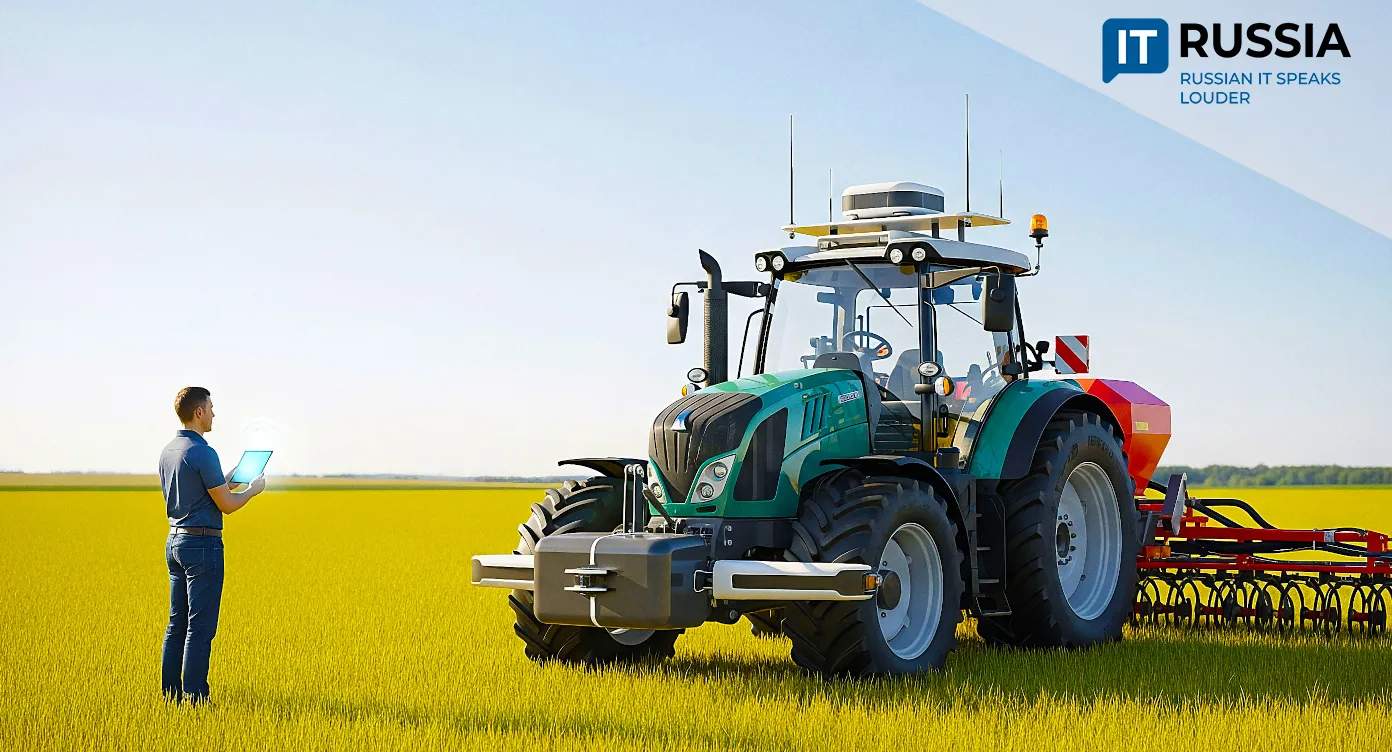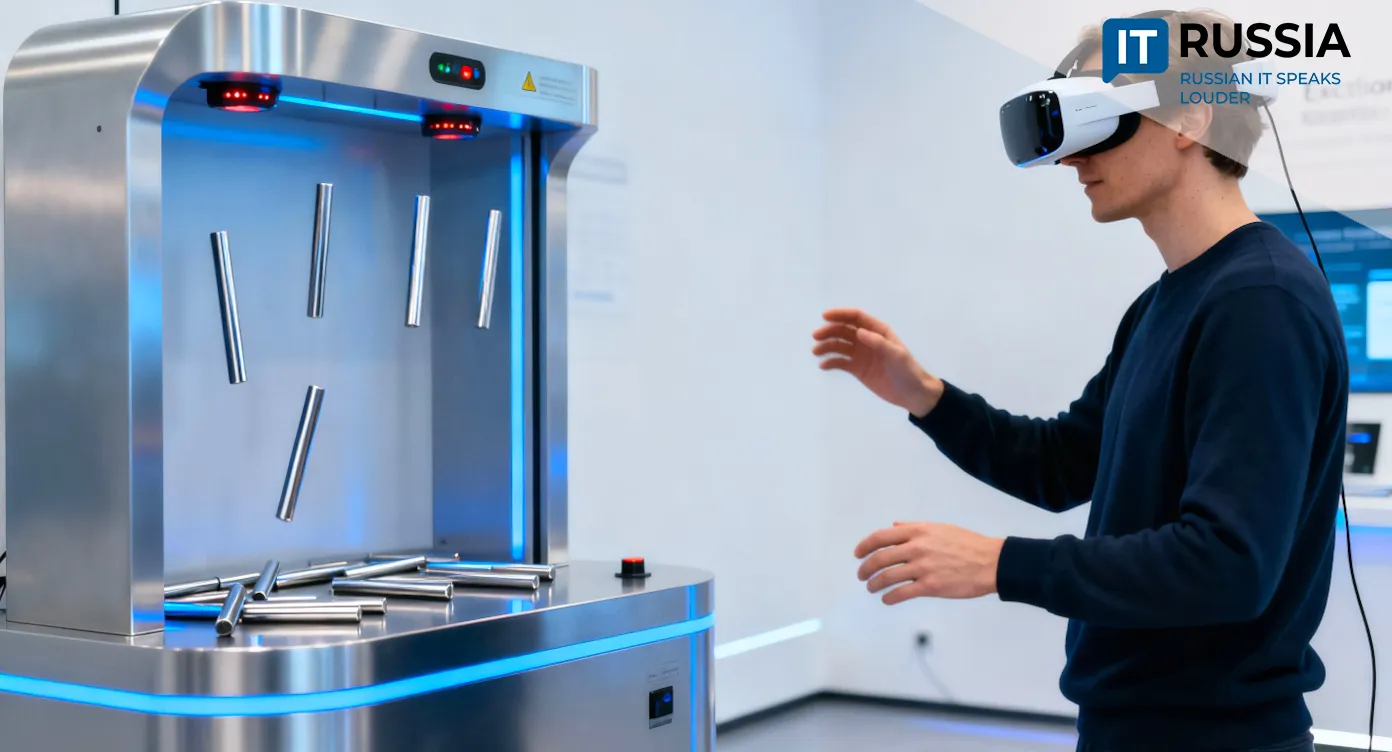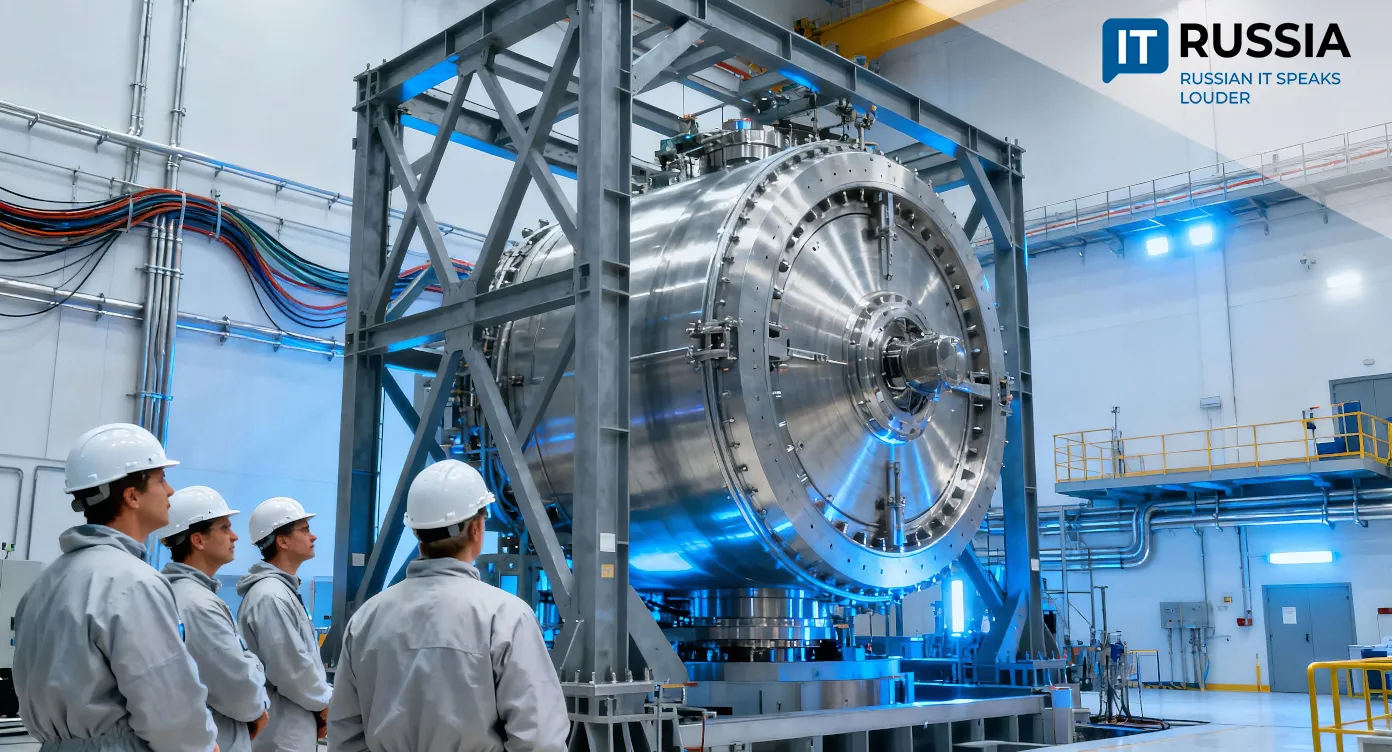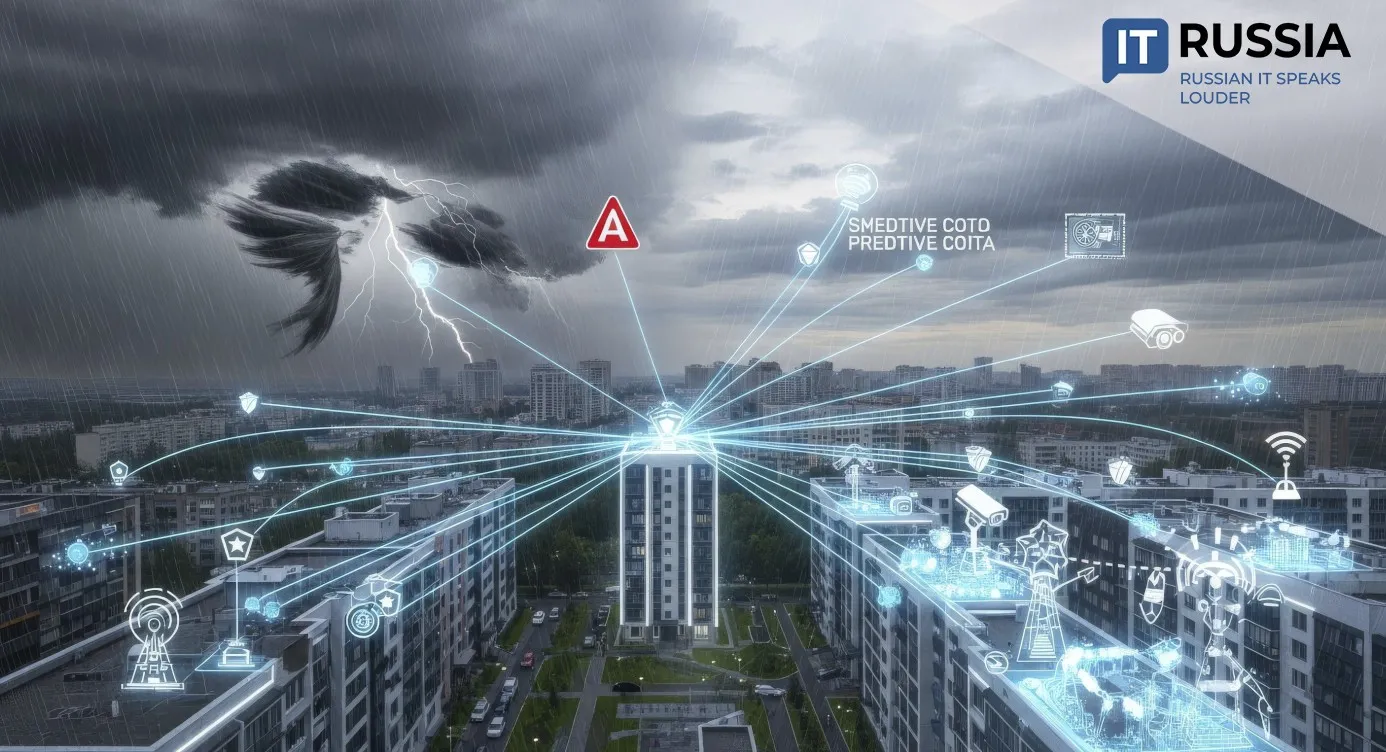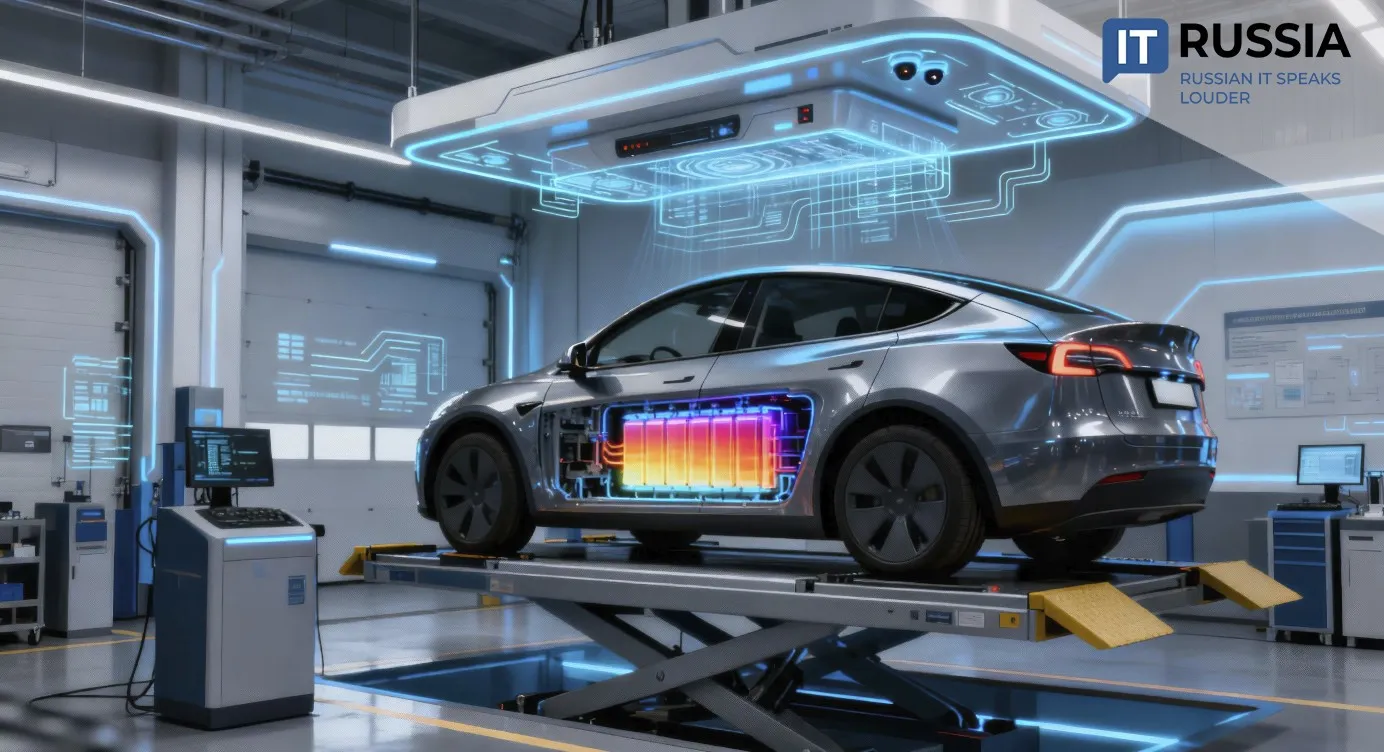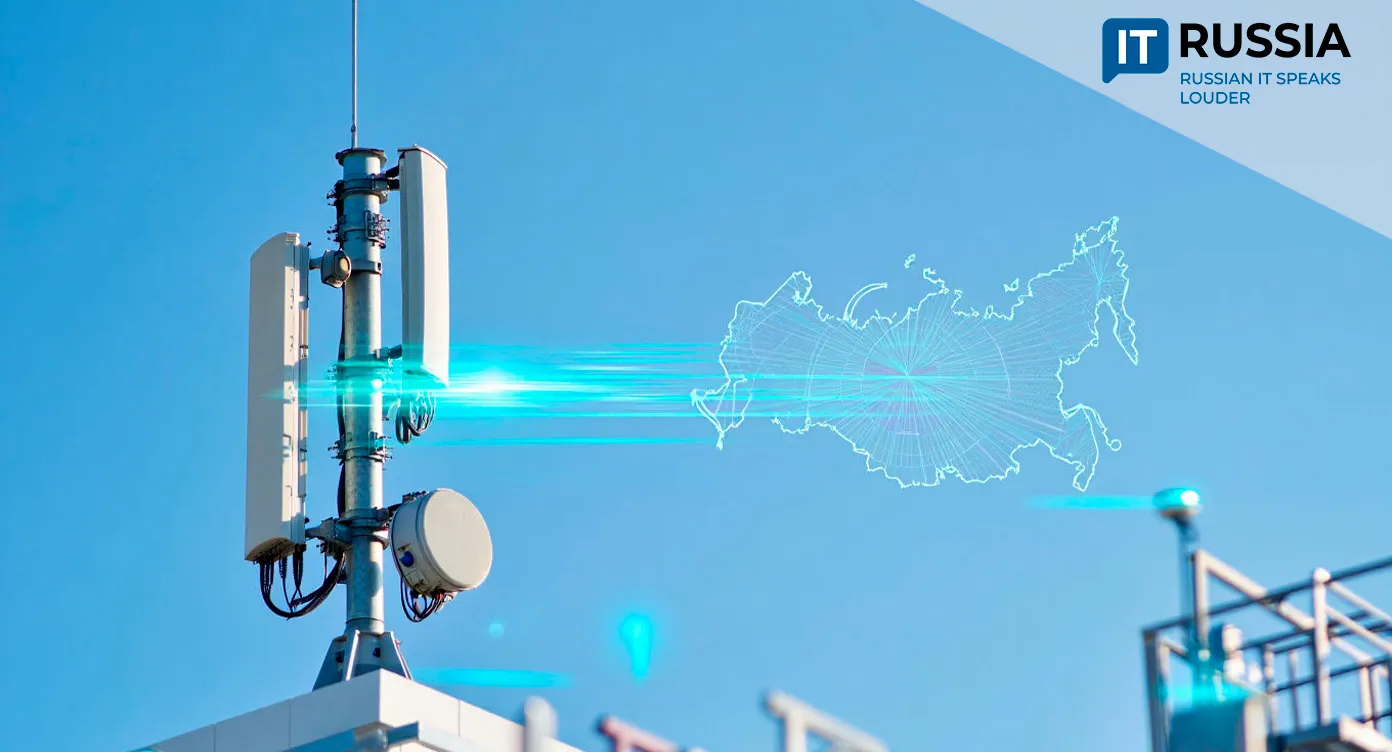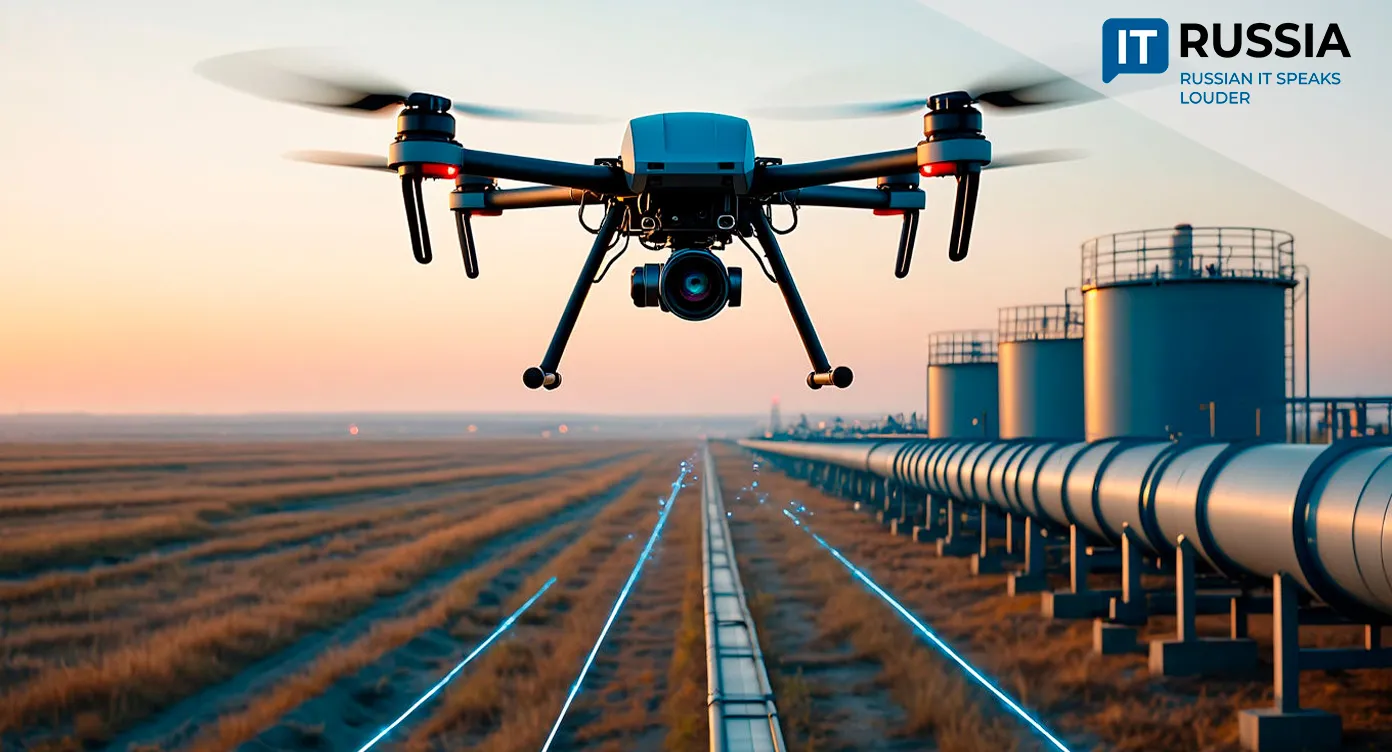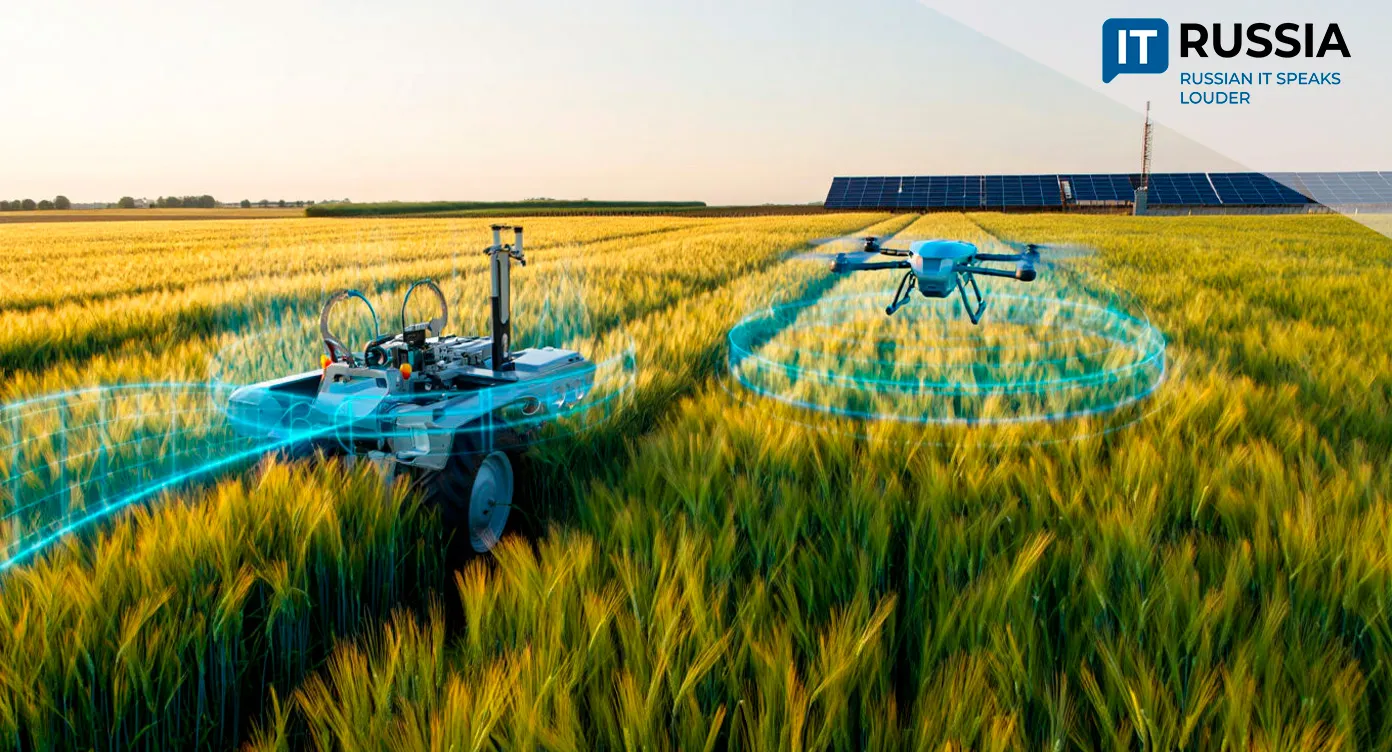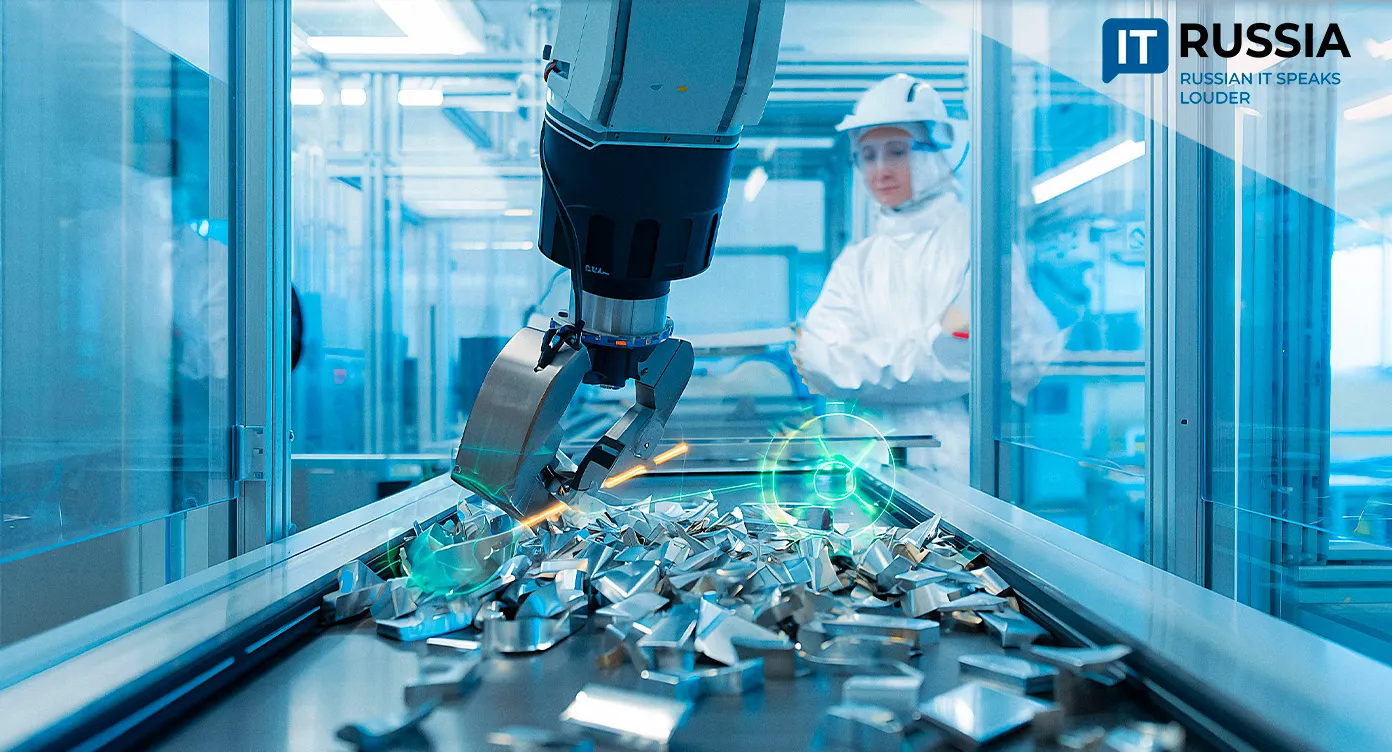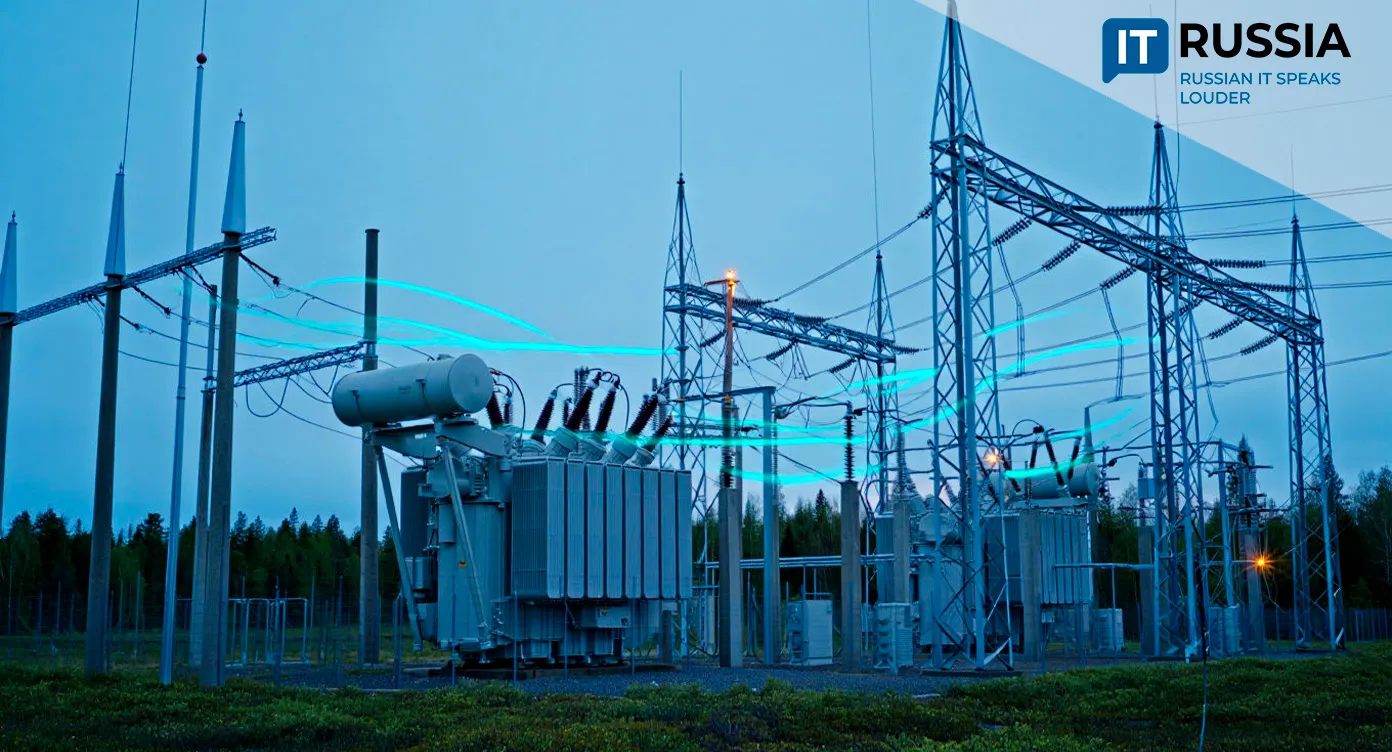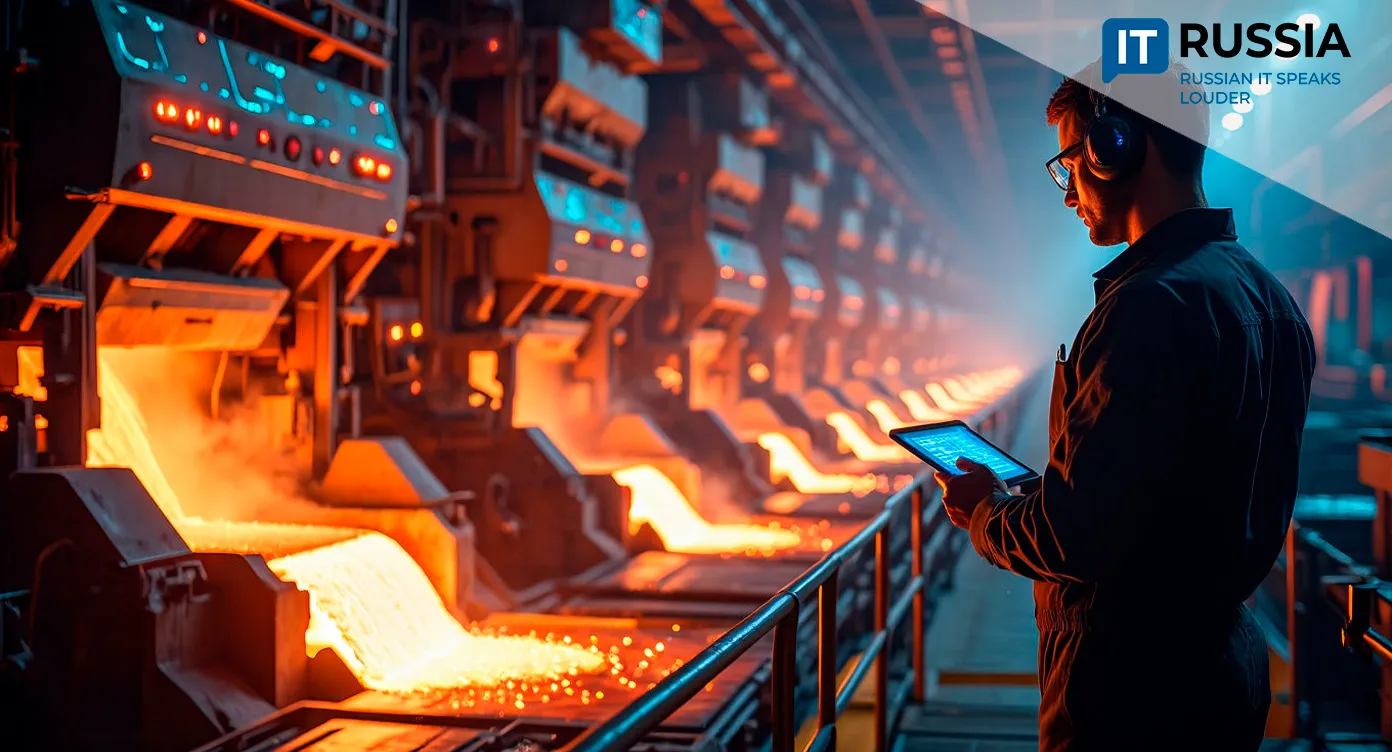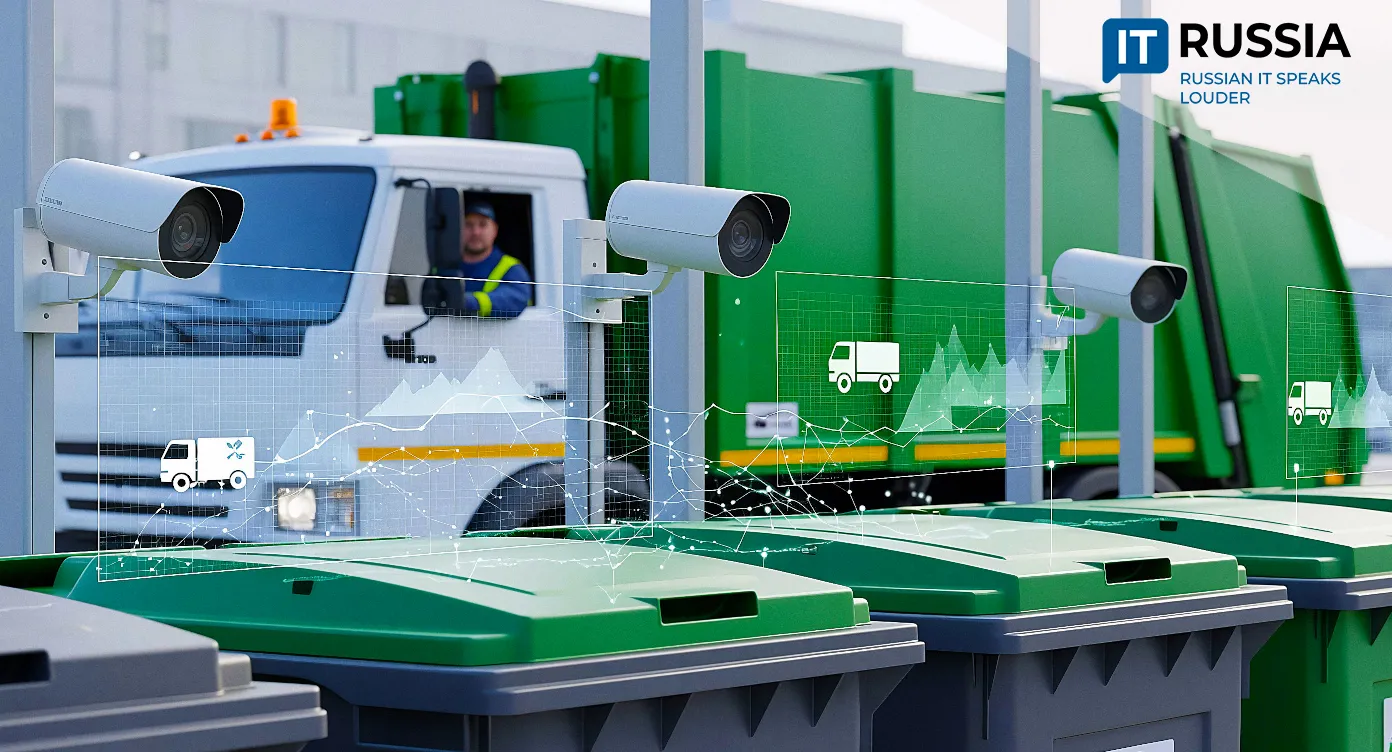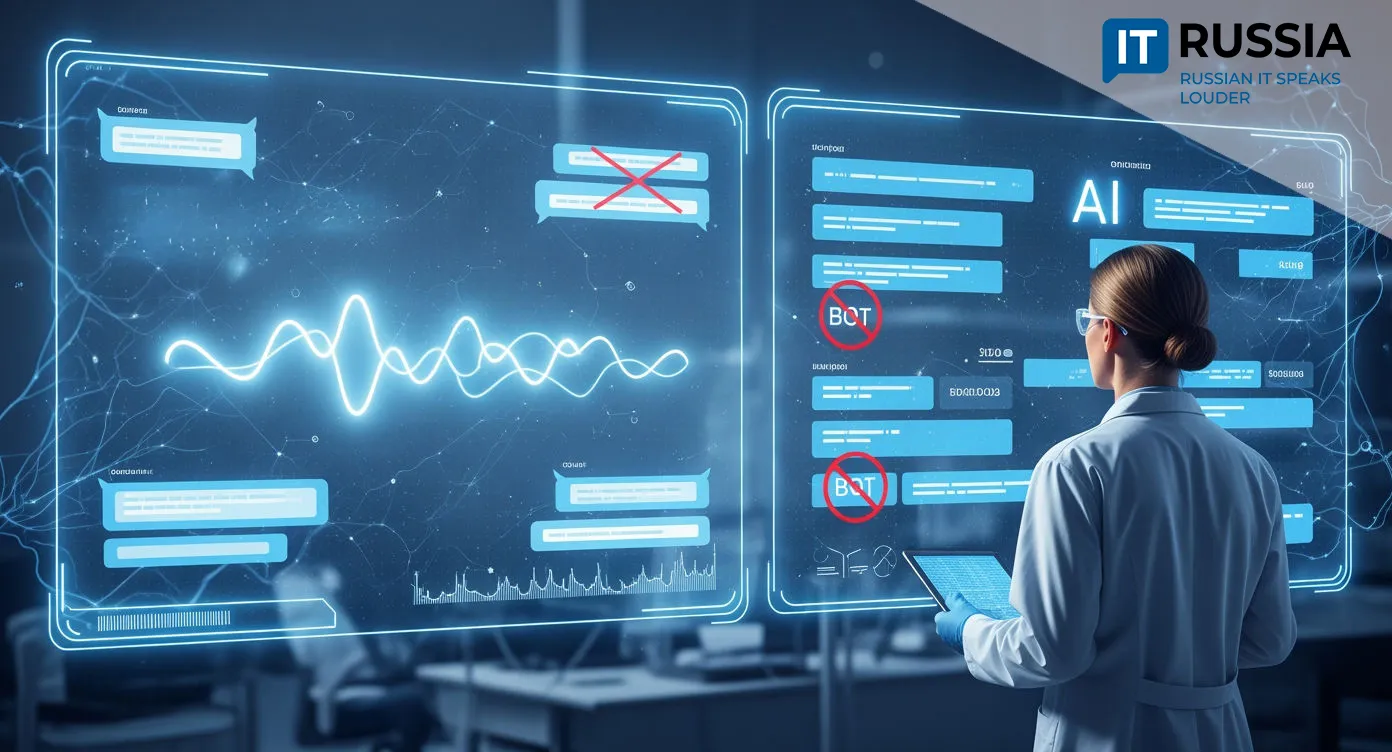Smart Feeding: Russian AI Revolutionizes Livestock Nutrition
Artificial intelligence is becoming an essential part of Russia’s livestock production chain, where neural networks are now helping design and optimize animal feed formulations.
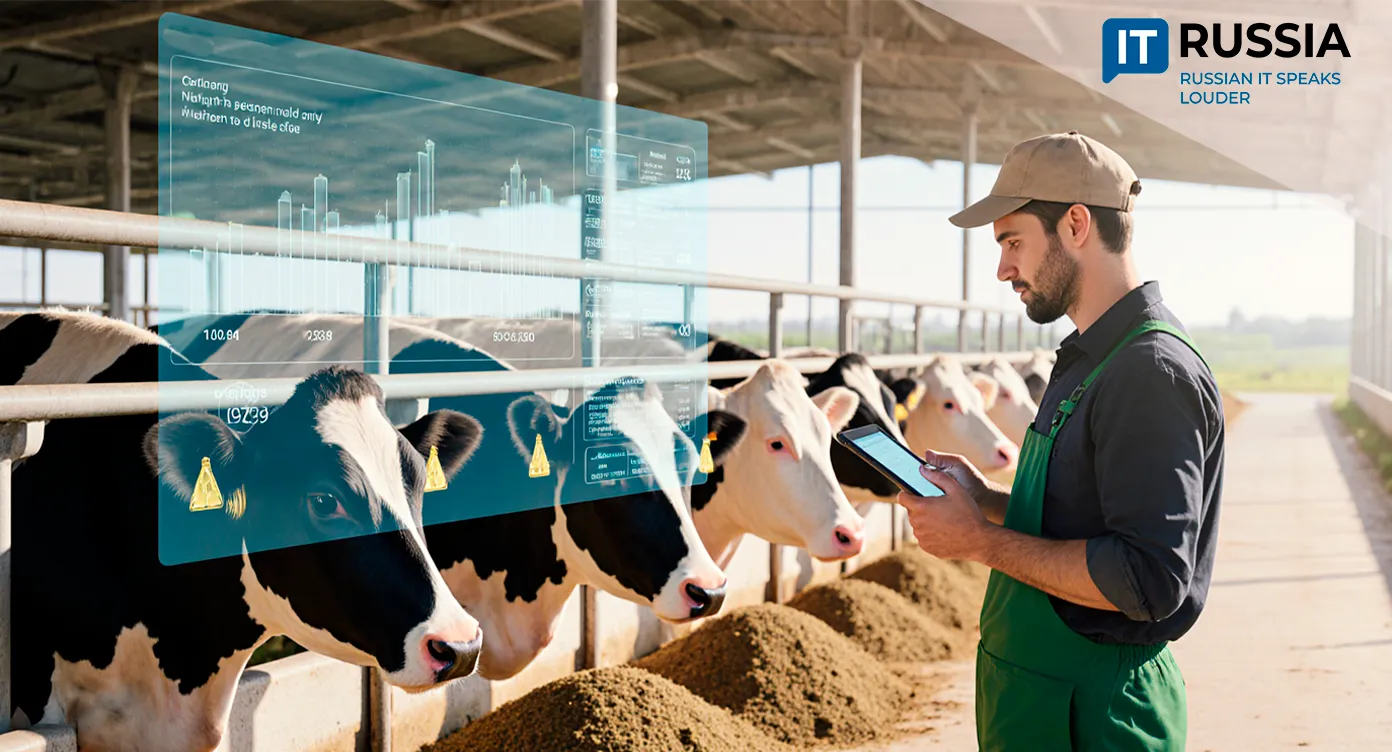
Tasty and Efficient
A major challenge in livestock production is selecting the right feed mix for each animal group. The optimal feed must deliver fast growth, higher milk yields, or efficient weight gain. Well-balanced feed formulas make the business highly profitable, while poor combinations can lead to losses.
AI is now solving this task efficiently. Alexander Zhukovsky, Head of Business Process Automation Projects, notes that AI in Russia has become a practical, daily tool that consistently proves its economic effectiveness in optimizing animal diets.
AI systems analyze nutrient data using neural networks that process information on protein, fat, carbohydrate, vitamin, and mineral composition. These insights come from sensors and software ensuring high accuracy and fast data processing.
Machine learning methods reveal patterns invisible through traditional analysis. Integration with animal nutrition databases enables precise feed plans that improve growth and productivity across herds.
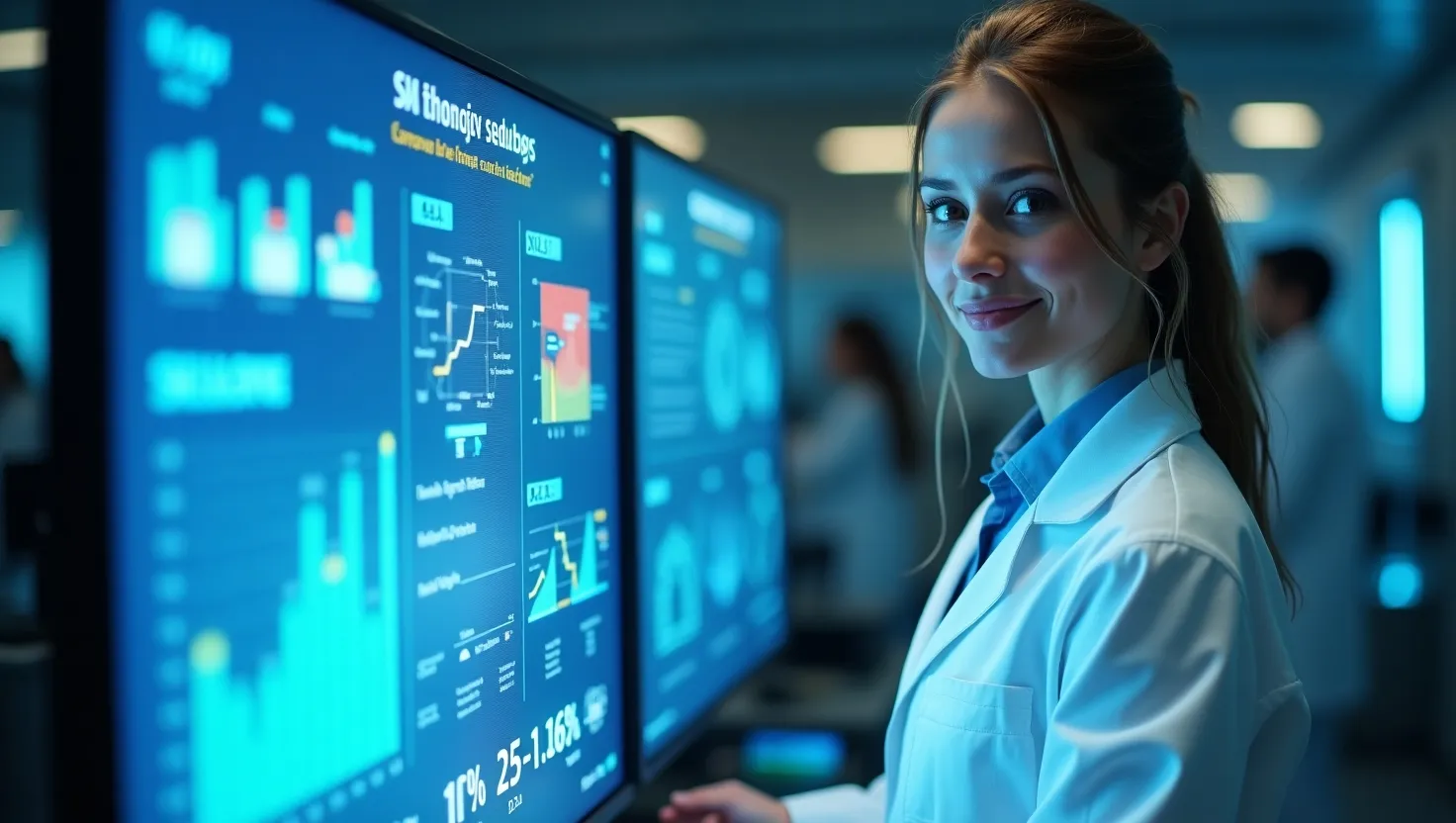
Personalized Nutrition
AI gives farmers the ability to create personalized rations for each animal, taking into account its age, weight, nutritional needs, and housing conditions. The system also considers breed, genetics, physical activity, and health status.
It tracks how dietary or environmental changes affect animal metabolism. When deviations occur, AI algorithms adjust the feed accordingly. Forecasting feed consumption based on historical data also helps farmers plan raw material purchases and reduce waste.
Cost and Performance
Another key AI function is calculating feed ingredient costs and nutritional efficiency. If the nutrient content of an ingredient changes, AI adjusts feeding processes, recalculates formulas, and suggests alternative recipes. This reduces errors that could lead to nutrient imbalances or raw material overuse.
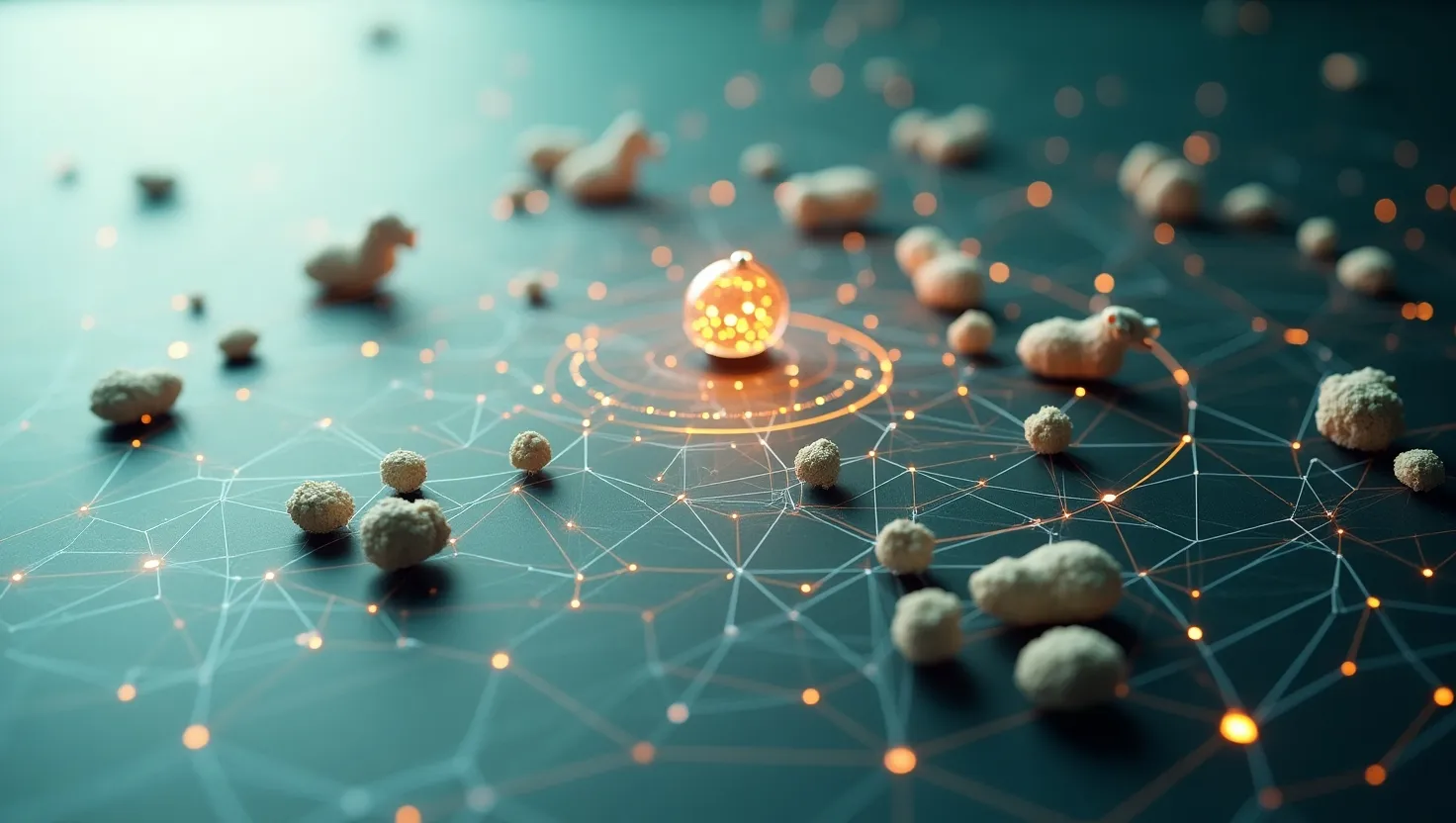
When ingredient prices change, AI instantly recommends optimized compositions—replacing expensive ingredients with cost-effective substitutes and projecting the resulting financial outcome. Zhukovsky estimates that AI reduces feed costs by 5–15%, which, given herd sizes, significantly boosts farm profitability.
Farm and Logistics Management
According to Zhukovsky, about 45% of Russian livestock companies now use AI to optimize feed, 25% apply it for predictive health analytics, and 20% for farm and logistics management.
One example is Progress Agro, a major agricultural holding that continues to expand AI implementation. The company developed and launched an AI-powered monitoring system for feeding areas on dairy farms. The system uses computer vision and video surveillance to automatically record feed distribution, replenishment, and cleanup. Data is instantly available to farm workers and managers.
“My workday now starts with analyzing the report generated by the system,” says Vadim Prokhorov, livestock technician at Dairy Farm No. 3 (Progress Agro Group). “I pay close attention to the time between table cleaning and feed delivery. The system also helps us check whether we’re feeding enough. If the feed runs out before the next delivery, we adjust the ration. All of this saves time and optimizes our processes.”
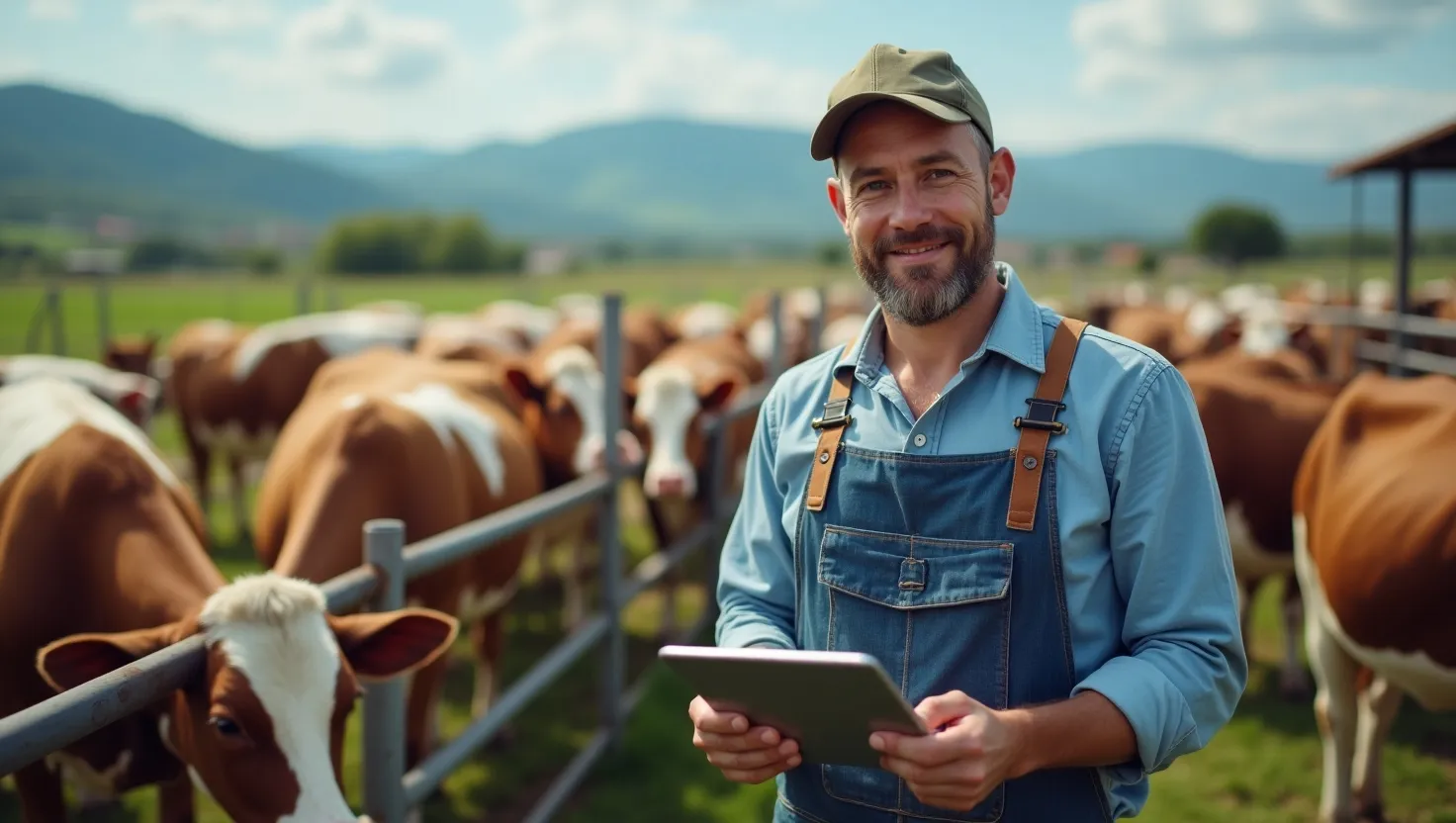
Russian AI as an Export Product
Agricultural AI in Russia has become a mature, widely used tool. AI-driven feed production is gradually integrating into comprehensive “smart farm” systems that include robotic animal care technologies. This lowers livestock production costs, ensuring stable food prices for consumers.
Within three to five years, AI will become standard on Russian farms, increasing production volumes and global competitiveness of the country’s agri-food sector.
In the future, Russia may export not only agricultural products but also its AI-based farm management solutions. These technologies are expected to be in high demand across CIS countries and the Global South, where livestock industries are expanding.


